Contaminated lettuce made its way onto American plates, triggering a deadly outbreak in 15 states, but no warning ever came — not from the growers, and not from the government.
In November, a dangerous E. coli outbreak swept through 15 U.S. states, quietly leaving behind a trail of illness and at least one death.
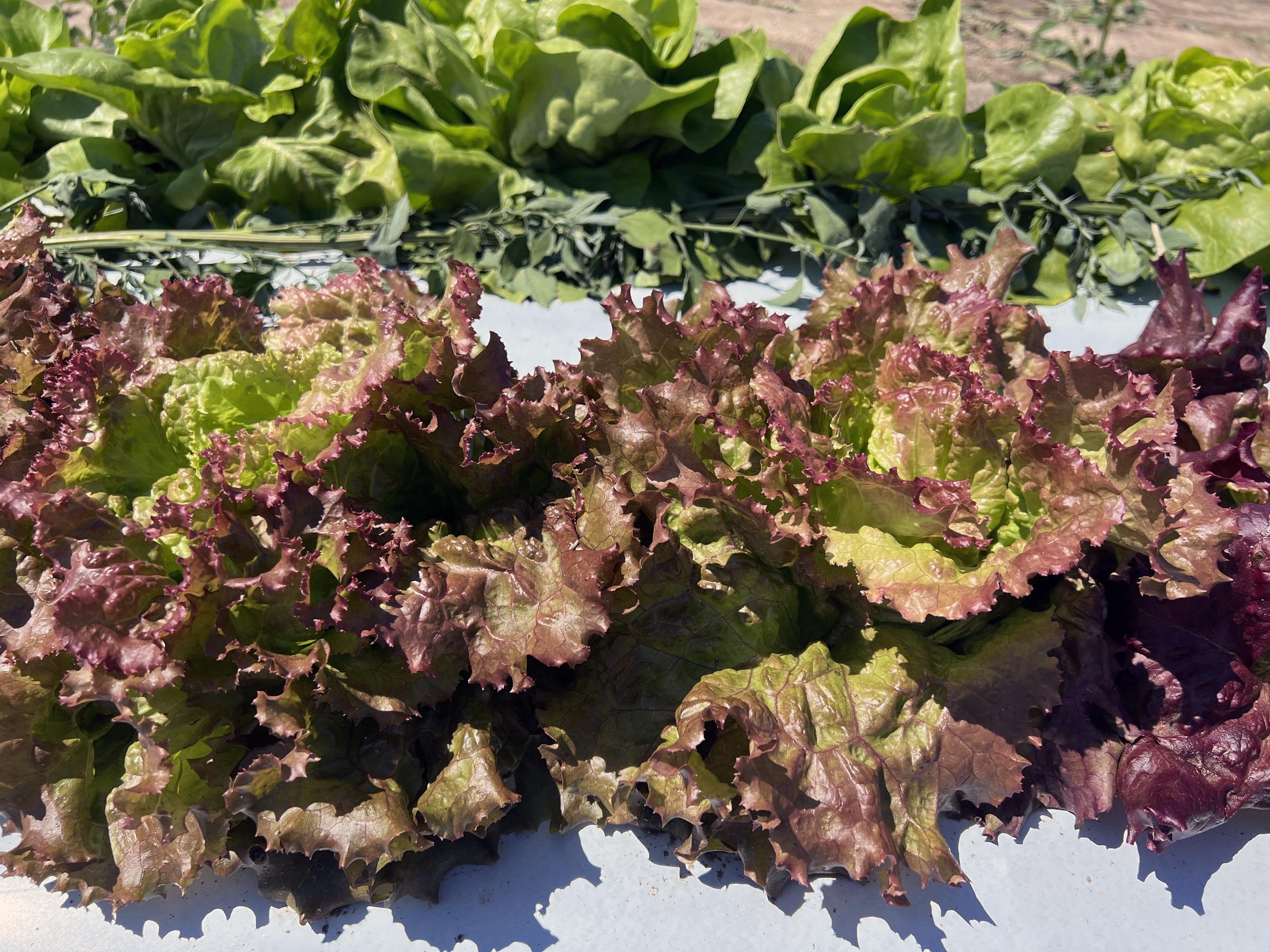
Lettuce growing in a farm | Source: Getty Images
A 9-year-old boy in Indiana nearly died of kidney failure, and a 57-year-old woman in Missouri fell ill after attending a funeral lunch. But despite the severity and spread, there was no public announcement, no warnings, and no names. And most Americans never heard about it.
It wasn’t until February that the Food and Drug Administration quietly closed its investigation. Even then, the agency gave no public explanation. No mention of which companies had grown or processed the contaminated romaine lettuce.
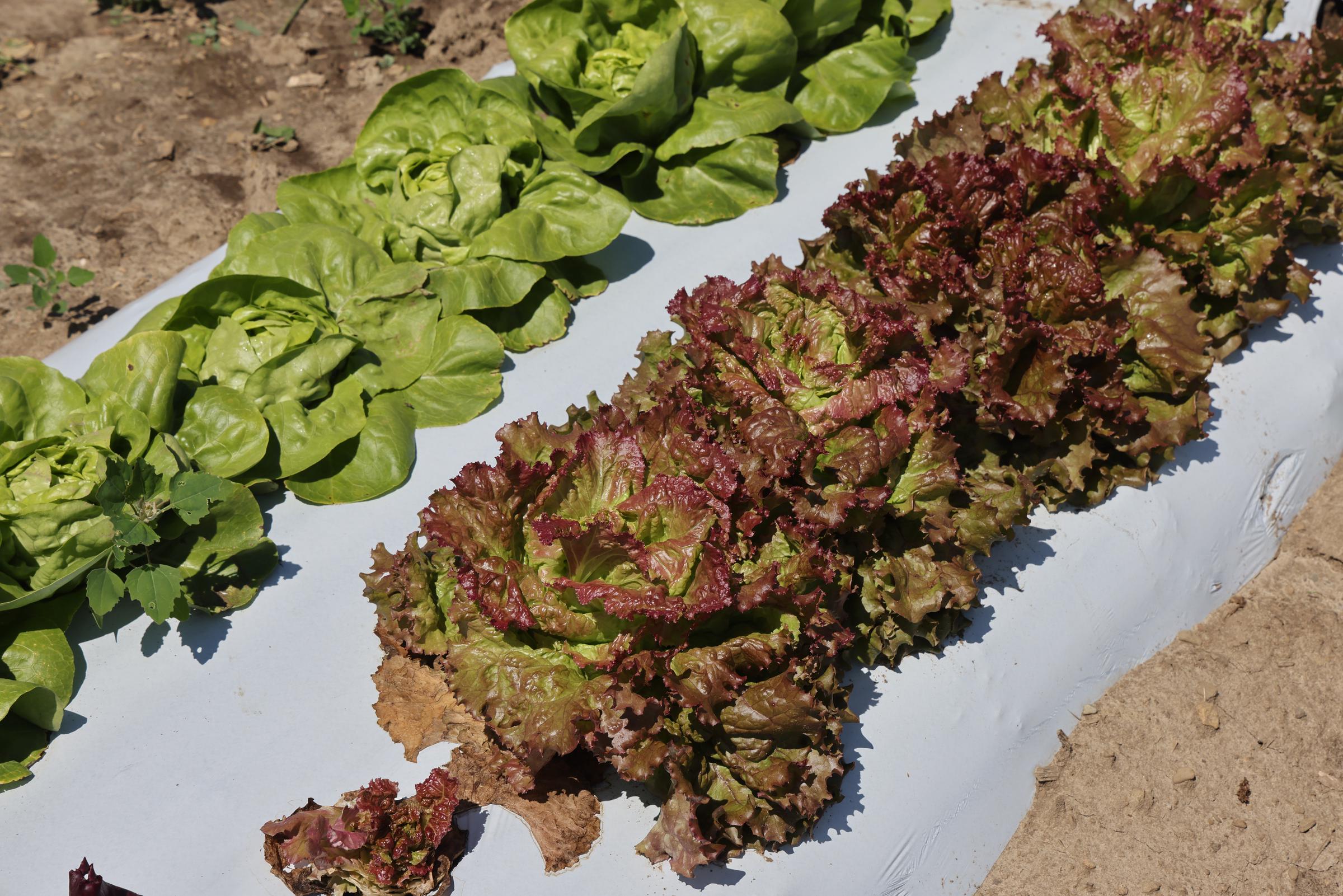
Lettuce growing in a farm | Source: Getty Images
Still, an internal FDA report, obtained by NBC News, offered some insight. By the time investigators identified the likely source of the outbreak, no contaminated lettuce remained. With no sample to test and no ongoing threat, the FDA chose not to name the firms involved.
“There were no public communications related to this outbreak,” the report stated. It confirmed that someone had died, but offered no further details. Federal law does not require the FDA to disclose all foodborne illness outbreaks.
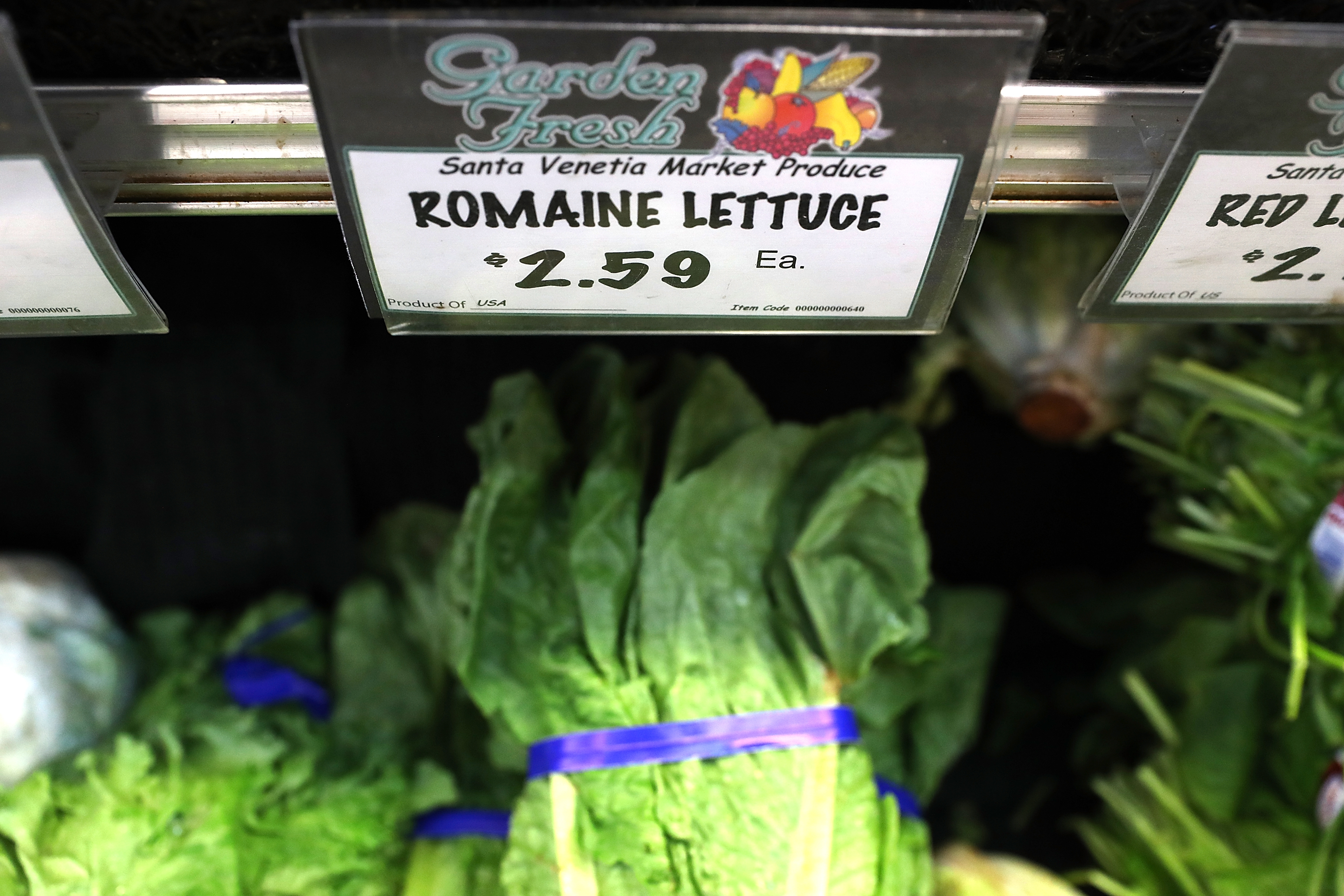
Romaine lettuce is displayed on a shelf at a grocery store | Source: Getty Images
In some cases, it may withhold information if the source is unclear, or if it’s still working with the companies involved behind the scenes. But the silence raised concerns. “It is disturbing that FDA hasn’t said anything more public or identified the name of a grower or processor, said Frank Yiannas, who served as a senior FDA official upto to 2023.
He then warned that withholding such information could leave consumers vulnerable. “Someone could have been sickened…and not realized the cause,” he said. In some cases, foodborne bacteria like E. coli can cause lasting health damage.
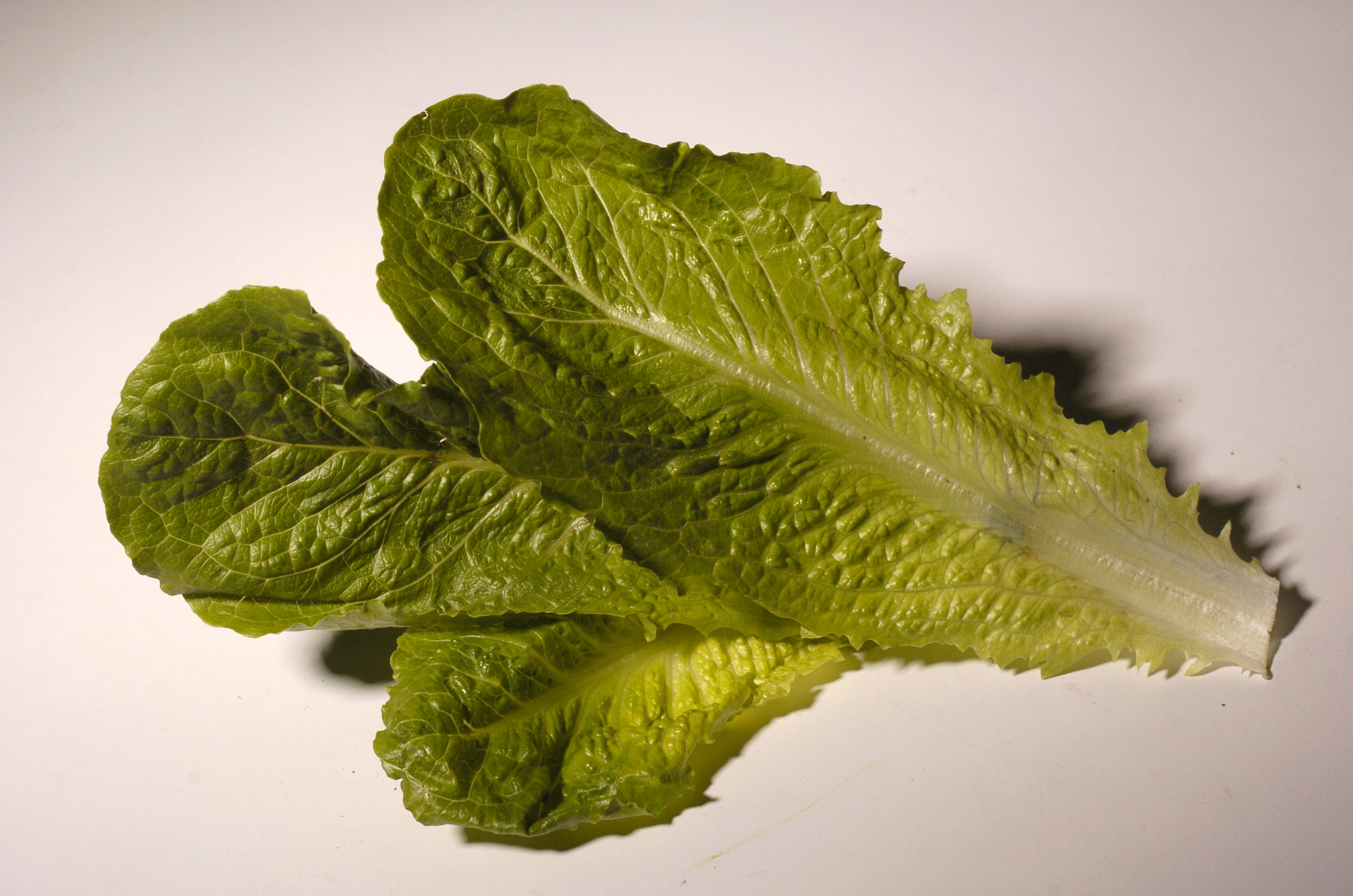
Romaine lettuce | Source: Getty Images
The FDA defended its approach. A spokesperson said the agency names companies only when there is solid evidence linking them to the outbreak, and when there is actionable advice for consumers. In this instance, by the time the source was identified, the contaminated lettuce was already gone from the shelves.
The agency added that it continues to provide critical updates about recalls and investigations related to foodborne outbreaks. Still, the lack of transparency in this case has drawn criticism. Food safety advocates worry it sets a troubling precedent.
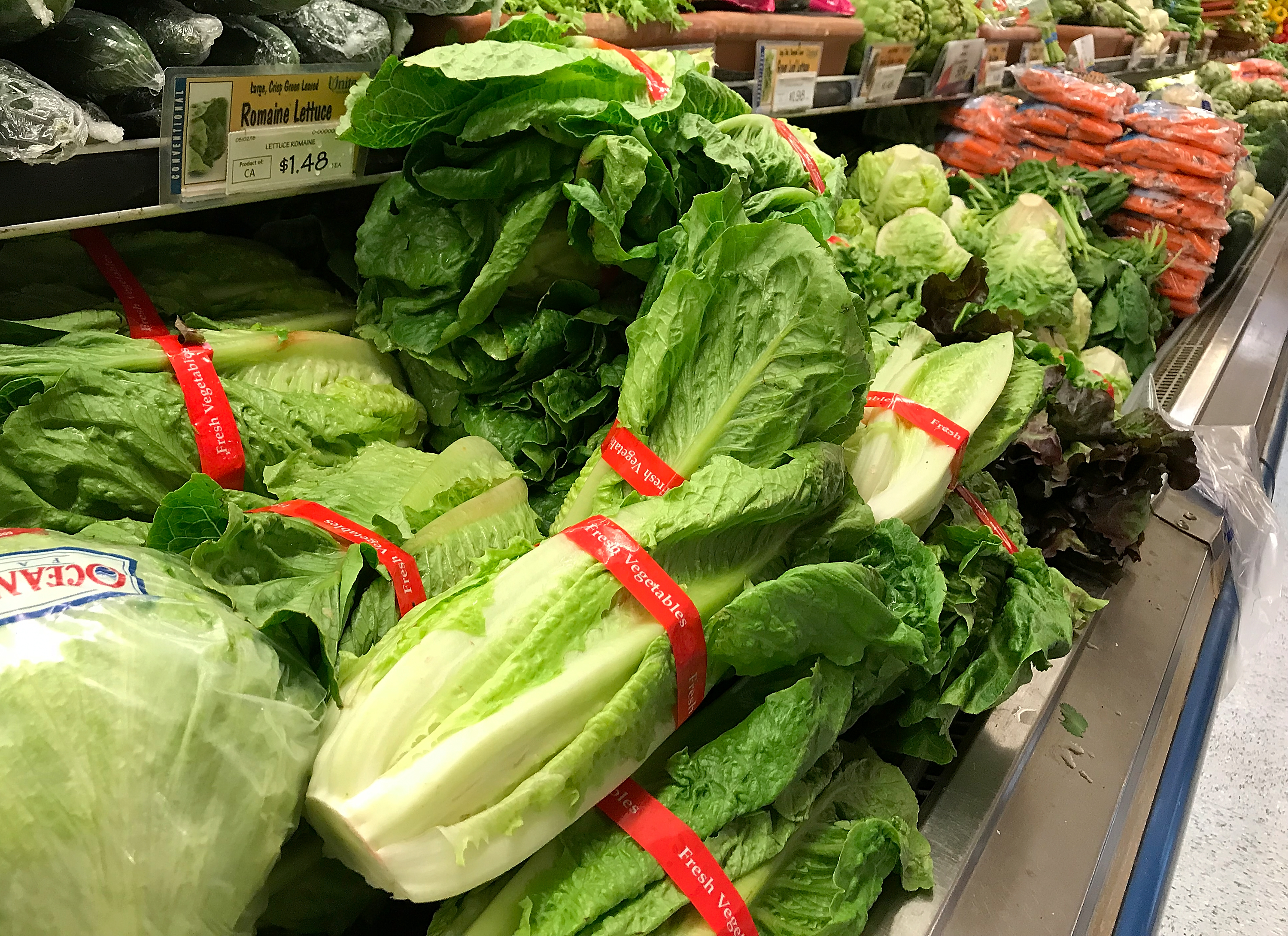
Romaine lettuce | Source: Getty Images
Case records show that 89 people were infected in a widespread outbreak spanning 15 states. Victims ranged in age from just 4 to 90 years. Missouri saw the worst of it, with 50 reported cases — more than half the total. Indiana and Ohio followed, each reporting eight illnesses. Illinois had seven.
Nebraska saw three, while Arkansas, North Dakota, and Wisconsin each had two. The remaining states — Colorado, Kansas, Kentucky, Montana, Pennsylvania, South Dakota, and Tennessee — each recorded a single case. The numbers reveal a scattered but serious outbreak, touching nearly every corner of the country.

Romaine Lettuce | Source: Getty Images
The full impact may, however, never be known. Some people may still be recovering. Others may never have connected their illness to the outbreak. But one thing is certain: a deadly pathogen spread across a wide swath of the country, and the public was never told.
E. coli is a familiar name, but its dangers often remain misunderstood. While many strains of this common bacterium live harmlessly in the human gut, others can turn deadly.
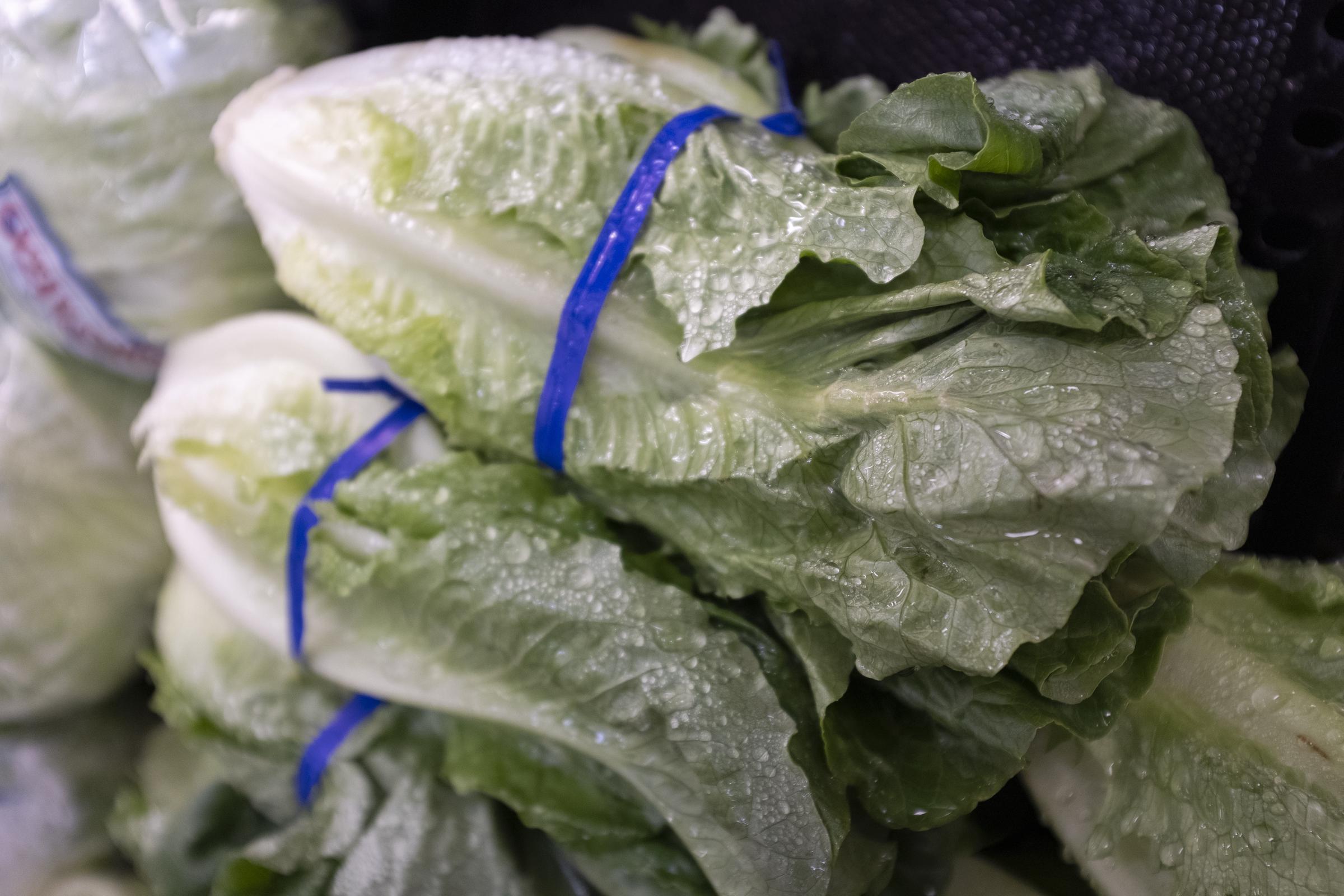
Romaine lettuce in a grocery store | Source: Getty Images
Some strains can attach to human cells and release toxins. These toxins can cause a range of illnesses, from mild stomach cramps to severe infections. One of the most dangerous types, E. coli O157:H7, produces Shiga toxin. This strain can cause life-threatening complications, including kidney failure.
That same strain was behind the national outbreak in late 2024. St. Louis County, which became an epicenter, reported 115 cases linked to local school events and a banquet facility, Andre’s Banquets and Catering. Thirteen people were hospitalized; two remained in care as the investigation neared its end.
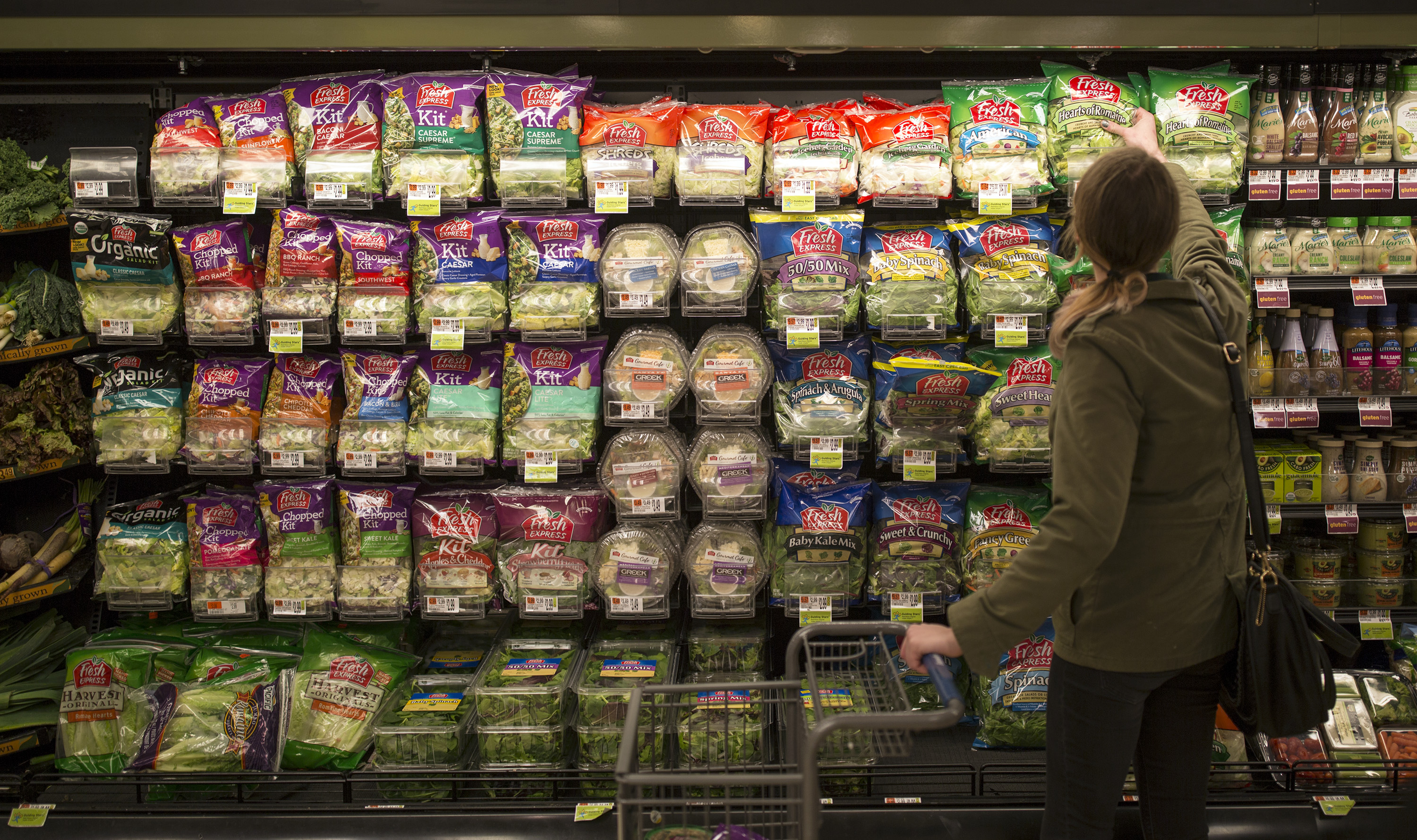
A person grabbing a pack of romaine lettuce in a grocery store | Source: Getty Images
Genetic testing linked 25 of those cases directly to Andre’s. Officials described this as the largest identified subcluster tied to the broader national outbreak. Infections were also reported in Kansas, Illinois, North Dakota, South Dakota, Ohio, and Indiana, with leafy greens emerging as a common thread in most cases.
The St. Louis-area cases, however, stood out. Health officials noted that illness rates tied to events in the region were significantly higher than in other parts of the country.
On November 25, 2024, the CDC’s PulseNet network coded the outbreak strain as E. coli O157:H7 2411MOEXH-2. Cases ranged from early November to the start of December, all genetically linked within a small margin — just 0 to 4 alleles apart — a clear sign of a connected outbreak.
In the aftermath, speculation grew around possible sources. Taylor Farms, a major produce supplier, was among those questioned. But in an April 2025 statement, the company strongly denied any connection.
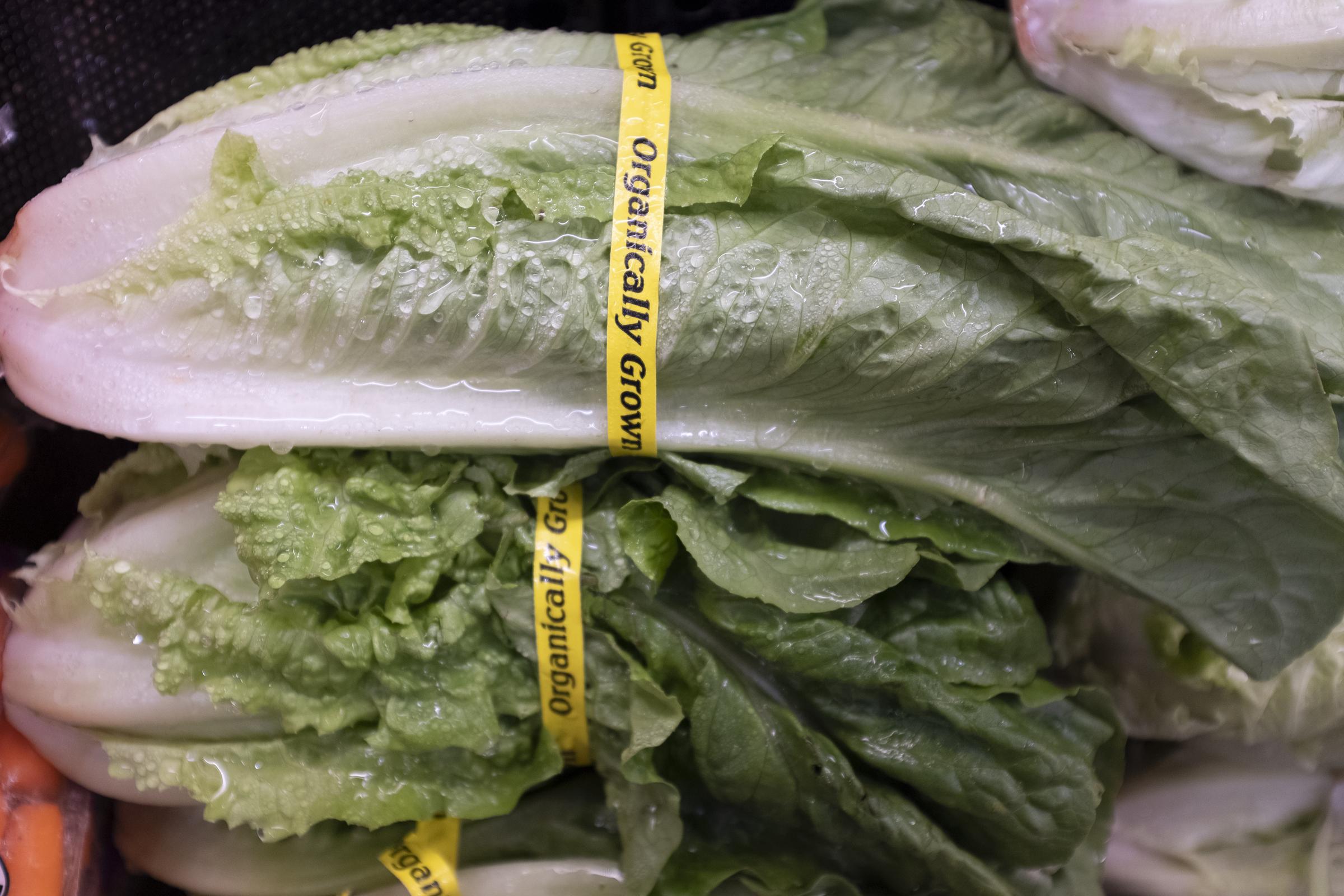
Romaine Lettuce | Source: Getty Images
“Taylor Farms product WAS NOT the source of the referenced 2024 E. coli outbreak,” the company stated. “We perform extensive raw and finished product testing on all our product and there was no evidence of contamination. Any reporting that connects Taylor Farms products to these heartbreaking illnesses is dangerous, irresponsible and unfair to the impacted families.”
There’s another twist: E. coli O157:H7 is typically associated with livestock and doesn’t originate in fresh produce. The FDA, which led the investigation, faced a fundamental obstacle — it isn’t authorized to inspect the beef industry. That gap in oversight may have hindered the search for answers.


